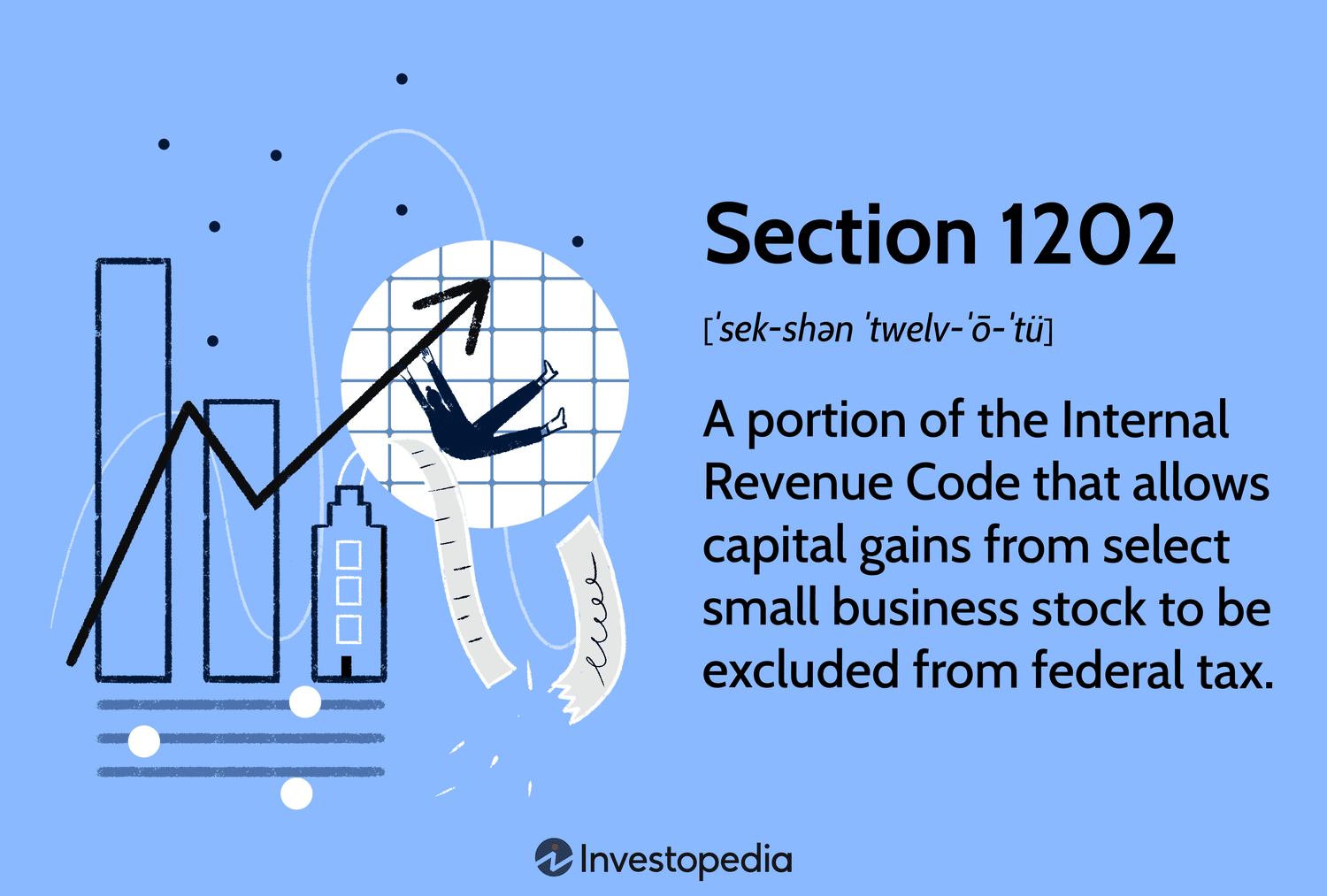Due to fluctuating market conditions, even savvy investors can face losses on stock sales.
Alert: Beware of the “wash sale” rule. This rule says you can’t deduct the loss from the sale of securities if you buy “substantially identical” securities within 30 days before or after the loss sale. The disallowed loss is added to your basis in the new stock.
Here are three perfectly legal ways to beat the IRS at its own game.
Let’s say you acquired 100 shares of Blue Chip stock for $50 a share. Now the stock has dropped to $40 a share. If you sell the Blue Chip stock and buy it back within 30 days, you can’t deduct your $1,000 loss. (For simplicity, we will ignore any transactional costs.)
Strategy No. 1: Sell the 100 shares of Blue Chip stock and wait at least 31 days before buying it back. No matter how much the price of the stock fluctuates in the future, you can still claim a $1,000 tax loss. This is the simplest strategy.
Strategy No. 2: “Double up” by buying another 100 shares of Blue Chip stock at $40 a share, and then wait at least 31 days to sell the original shares. If the selling price is still less than $50 a share, you have a deductible loss. If the selling price rebounds above $50 a share, you pocket a gain. As long as the stock price stays above the $40 mark, you lock in a gain when you sell the second block of shares. And if it dips below $40 a share, you’ve preserved your deductible loss.
Strategy No. 3: Sell the 100 shares of Blue Chip stock and buy additional shares when the price begins to shoot up. You can’t deduct the loss if the sale occurs within 30 days, but at least the nondeductible loss is added to your basis in the new stock.
Suppose you sell the original shares of Blue Chip at $40 a share and buy another 100 shares when the price jumps to $45 a share. Then you sell the second block of shares two months later at $60 a share. Your profit is $1,000, but you only owe tax on $500 because your basis in the new shares is $5,500 ($4,500 original basis plus $1,000 nondeductible loss).
Tip: Give yourself enough time to avoid adverse tax results.
———–
Copyright 2016 – Business Management Daily
Thanks for reading CPA Practice Advisor!
Subscribe Already registered? Log In
Need more information? Read the FAQs
Tags: Financial Planning, Taxes




